
Non si conosce con precisione né il periodo né il luogo in cui l'ombrello fu inventato. Si pensa derivi dall'oriente (Cina, India o Giappone); alcuni ritengono fosse presente anche nell'antico Egitto.
In Cina era associato (fin dall'epoca preistorica) al culto dell'Imperatore, come oggetto sacro; nell'Egitto dei faraoni era consentito usarlo solo ai nobili; in Giappone proteggeva i samurai ed ora è un vero e proprio simbolo nazionale. Nella Grecia classica era utilizzato prevalentemente dalle donne nell'ambito del culto di Dionisio, mentre durante l'Impero Romano era usato come accessorio di abbigliamento vezzoso e seducente dalle donne più ricche. Infine entrò anche nell'iconografia pontificia come oggetto di pertinenza del papa.
L'ombrello è comunque un oggetto antichissimo, che ha avuto durante i secoli varie funzioni, ma non quella per cui è utilizzato oggi, che è di riparare dalla pioggia.
Fino al Settecento l'ombrello (che era costruito in pelle o, successivamente, in tela cerata) è rimasto un oggetto in uso solo fra i nobili e le classi abbienti ed era portato da un servo come distintivo onorifico. Per ripararsi dalla pioggia si usavano mantelli e cappucci.
Solo nell'Ottocento si è iniziato a diffondere l'uso dell'ombrello come parapioggia; e ancora oggi in molti paesi del Nord Europa l'ombrello viene considerato come un accessorio un po' stravagante e molte persone preferiscono bagnarsi piuttosto che portarne uno.
Una curiosità: a Gignese (vicino a Verbania) il Museo dell'Ombrello e del Parasole , unico al mondo, racconta non solo la storia dell'oggetto, ma anche quella degli ombrellai del Vergante e del Mottarone . Nell'Ottocento questi erano diventati una forte corporazione di artigiani itineranti, dotata persino di un gergo segreto per trasmettere i segreti del mestiere senza essere compresi dai non iniziati.
It is not known precisely either the time or the place where the umbrella was invented.
They thought it comes from the East (China, India or Japan) , and someone believe it was also present in ancient Egypt .
In China it was associated ( since prehistoric times ) to the cult of the emperor, as a sacred object; in the Egypt of the pharaohs were allowed to use it only to nobles; it protected the samurai in Japan and then became a real national symbol. In classical Greece it was used mainly by women as part of the cult of Dionysus, and during the Roman Empire it was used as a charming and seductive clothing accessory for the richest women. Finally, it also entered into the papal iconography as an object belonging to the pope.
So the umbrella is a very ancient object , which had, over the centuries, various functions but not the one for which it is used today: to shelter from the rain .Until the eighteenth century the umbrella (which was built in leather or, later, in oilcloth ) has remained an object in use only among the nobility and the wealthy classes and was led by a servant as a badge of honor. To shelter from the rain were used capes and hoods.
Only in the nineteenth century it began to spread the use of the umbrella as rain shelter, and even nowadays in many countries of Northern Europe, the umbrella is considered as an accessory a bit ' quirky and many people prefer to get wet rather than bring one .
A curiosity: in Gignese (near Verbania) there is the Umbrella and Parasol Museum , unique in the world , in wich there is not only the history of this thing, but also the one of manufacturer of umbrellasfrom Vergante and Mottarone. In the nineteenth century they had become a strong guild of itinerant craftsmen, with even a secret jargon to convey the secrets of the trade without being understood by the uninitiated.

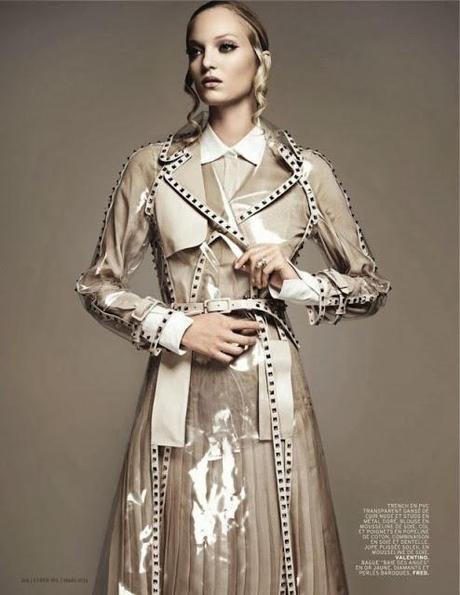


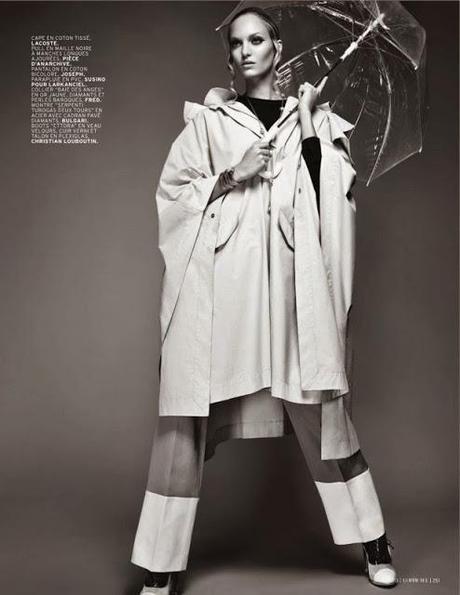
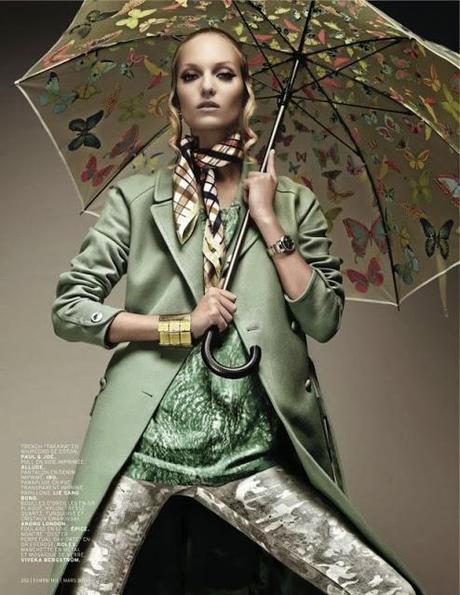

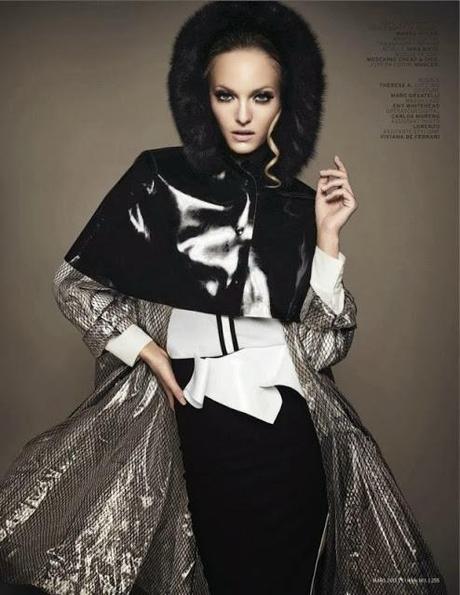

L'OFFICIEL PARIS
...next: trench coats

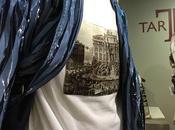



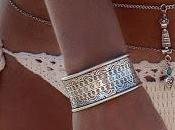
![[Sizzix] Scatoline feste bambini](https://m22.paperblog.com/i/288/2884153/sizzix-scatoline-per-le-feste-dei-bambini-L-22zpVR-175x130.jpeg)

